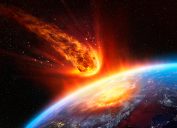2023's Best Meteor Shower Lights Up the Sky This Week—How to See It
Viewers can expect to see about 120 meteors per hour when the Geminids hit their peak.
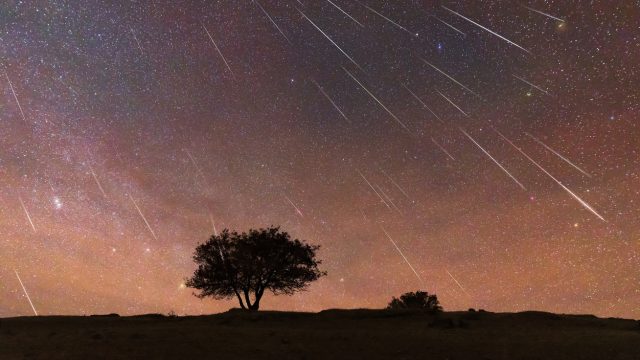
Regular stargazers know there's always something worth seeing in the night sky. Sometimes, it can be catching a surprise glimpse of a comet passing the Earth. Other times, it can be a special event like a solar or lunar eclipse. But when it comes to anticipated annual spectacles, most look forward to when the Geminids light up the sky with what can be the best meteor shower of the year. Read on for more on how to see it this week.
RELATED: The Next Total Solar Eclipse Will Be the Last Until 2044, NASA Says.
The Geminids meteor shower has kicked off and will light up the sky for much of December.
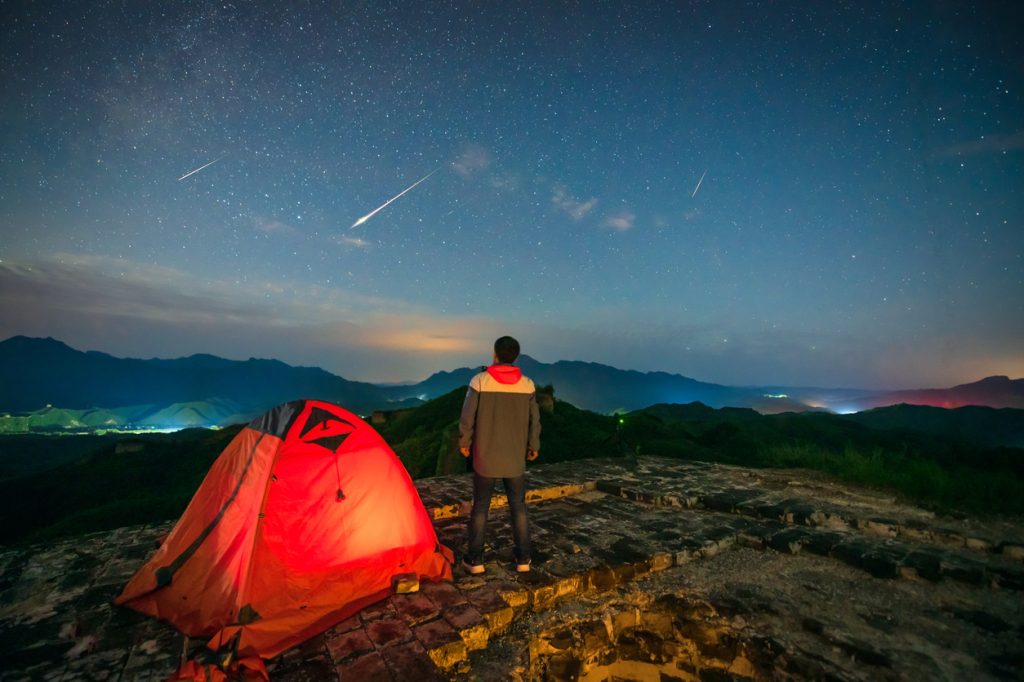
Anyone willing to brave brisk evening temperatures could be in for a real treat over the coming days. The Geminids meteor shower is now underway, kicking off what many consider to be "one of the best and most reliable" of such spectacles all year, according to NASA.
Besides its reputation for high activity, the event also stands out for a few reasons. For one, it's considered a relatively young annual occurrence, with the first reported sightings taking place in the mid-19th century, according to NASA.
And unlike many other well-known meteor showers that are fueled by the dust trails of comets, the Geminids are created by particles left behind by an asteroid known as 3200 Phaethon that takes roughly 1.4 years to fully orbit the sun. The rocky debris left behind in the object's wake—which the space agency also refers to as a "rock comet"—is much more dense than the dust typically left behind by a passing comet.
RELATED: 8 Amazing Things You Can See in the Night Sky Without a Telescope.
Conditions this year could make viewing even more spectacular than usual.
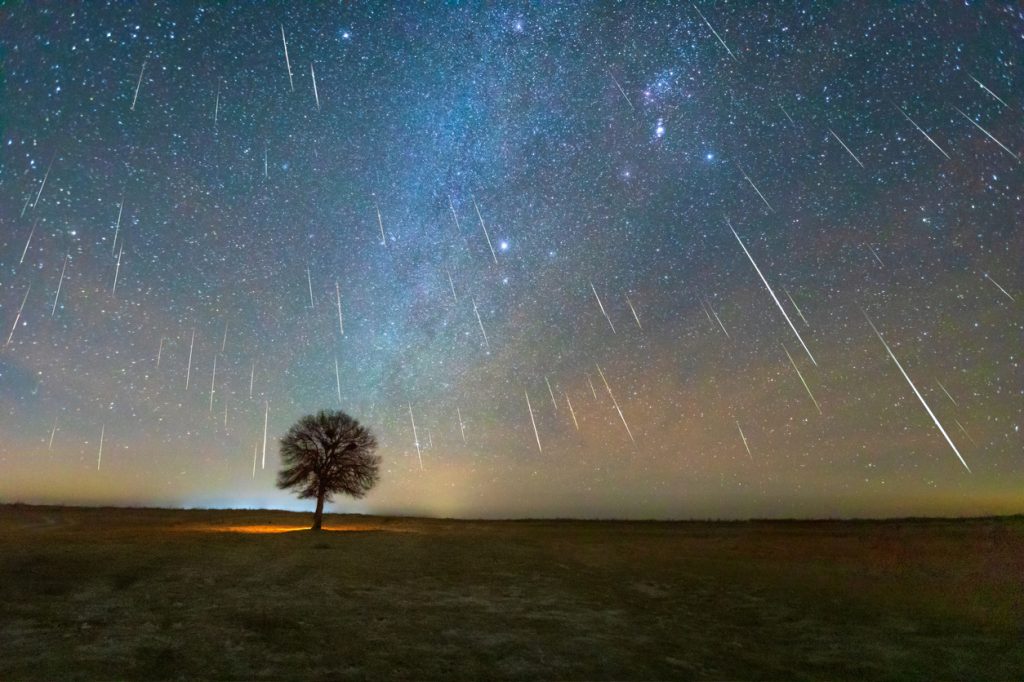
It can also be hard to beat the Geminids in terms of how much you can hope to see. It's known for producing the most active show on the calendar, bringing about 120 visible meteors per hour during its peak, according to NASA.
This year, stargazers could be in for an outstanding show. That's because the Geminids are set to peak on the evening of Dec. 13 through the morning of Dec. 14, which is just one day after a new moon, according to astronomy website EarthSky. That means there will be almost no light interference, making it easier to see as many "shooting stars" as possible.
And because denser materials create the meteors, they also take on a unique appearance. According to NASA, viewers can typically expect "bright and fast meteors" that "tend to be yellow in color."
RELATED: Intense Solar Storms May Peak Faster Than Expected—What That Means for Earth.
Here's how to help ensure you have the best meteor shower viewing experience.
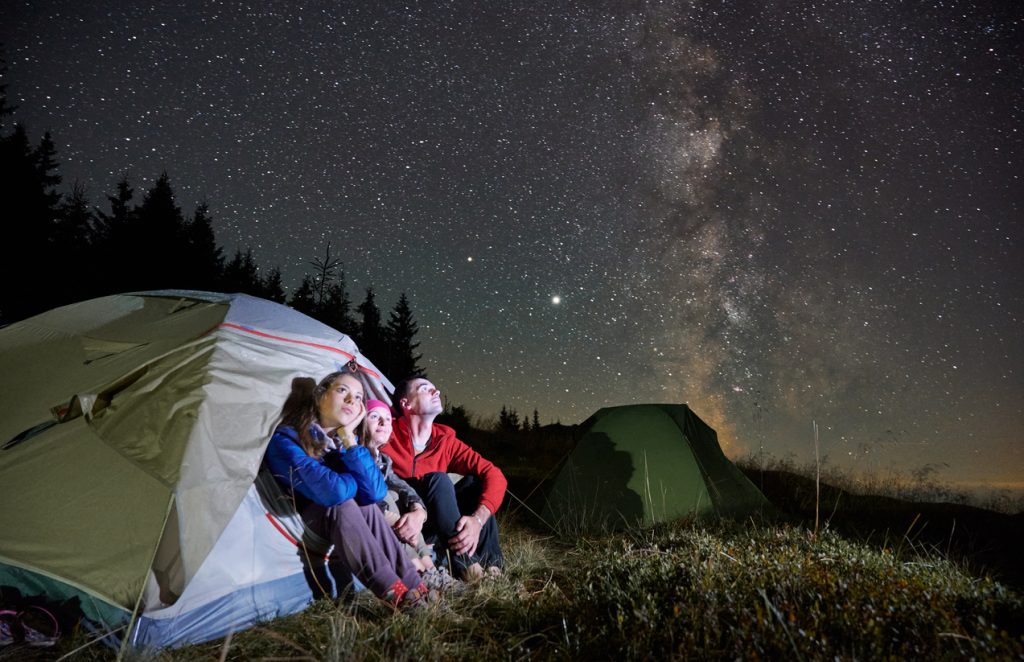
The Geminids are already visible and will continue to dart across the night sky for more than a week, finally tapering out on Dec. 24. But if you plan on stepping outside to see them any time between now and their peak on the evening on Dec. 13, there are a few tips to keep in mind that could improve your experience.
According to NASA, the Geminids are a prime viewing experience for younger stargazers because they tend to begin earlier in the evening, around 9 or 10 p.m. Get the most out of the nearly moonless conditions by driving out to a spot far away from bright city lights, streetlights, or other forms of light pollution. Any location should have as wide a view of the sky as possible, and give yourself at least 30 minutes for your eyes to fully adjust to the dark.
Most nights, the Geminids will peak close to 2 a.m., according to EarthSky. It's best to dress warmly or plan on bringing a blanket or sleeping bag to help you stay comfortable in the potentially frigid December nighttime temperatures. Meteors also tend to come in spurts between lulls, so you can better your chances by bringing along a friend who can watch a different section of the sky and call out any activity when it happens.
RELATED: 25 Space Mysteries No One Can Explain.
The Geminids aren't the only celestial event taking place this month.

If you're looking to get a little more stargazing in this month, there are other significant events you might want to mark on your calendar.
Throughout December, our planetary neighbors Uranus, Jupiter, Neptune, and Saturn will line up along the southern horizon shortly after sunset, Travel + Leisure reports. The show begins most nights around 6 p.m. before lining up closer to 8 p.m., but an appearance by the moon between Jupiter and Neptune on Dec. 20 could provide the most memorable sight.
And starting on Dec. 13, the Ursid meteor shower will also kick off in the night sky. Even though this spectacle won't benefit from the same moonless conditions as the Geminids and is typically less active, it's expected to peak on the evening of Dec. 21 with an average of 10 meteors per hour before ending its run on Dec. 24, per Travel + Leisure.
RELATED: For more up-to-date information, sign up for our daily newsletter.
- Source: Geminids Meteor Shower


